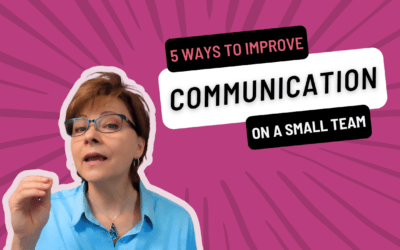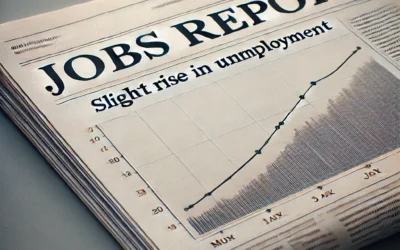The Advantages of Scheduling Time to NOT Work
In today’s fast-paced business environment, leaders often believe that the only way to stay ahead is by working non-stop.
But what if the key to long-term success isn’t in constant motion—but in strategic pauses?
Research has shown that intentional breaks improve decision-making, increase creativity, and prevent burnout.
Strategic leaders know that stepping back isn’t a sign of weakness—it’s a power move
The Science Behind Taking Breaks
Studies indicate that our brains aren’t designed for non-stop focus.
Short, structured breaks can improve cognitive function, reduce stress, and enhance problem-solving abilities.
According to a study from Harvard Business Review, regular breaks allow leaders to think more clearly and make better strategic decisions.
“Leaders who intentionally pause to reflect and recharge see a measurable increase in decision-making effectiveness and long-term success.”
— Harvard Business Review
Four Benefits of Scheduling Downtime
Your workflow is personal to you, but the science supports four common ways that downtime, or “white space,” can improve your productivity.
This actually applies to managers and front-line employees, alike!
1. Enhanced Decision-Making
Pausing allows leaders to step back, assess situations, and make clearer decisions.
Without breaks, decision fatigue sets in, leading to impulsive or suboptimal choices.
2. Increased Creativity
Innovative ideas don’t come from constantly grinding – they emerge when the brain has time to process information.
Historical figures like Thomas Edison and Leonardo da Vinci were known to take short naps or step away from work to gain fresh insights.
3. Improved Productivity
Contrary to popular belief, taking breaks doesn’t slow you down – it helps you sustain high performance.
Leaders who incorporate structured pauses can maintain focus longer and avoid the mid-day energy crash.
The results may not be immediately obvious, but overtime, you should see a significant change in your effort vs impact.
If you’re always “grinding” while exhausted, chances are you aren’t producing your best or fastest work.
4. A Positive Workplace Culture
When leaders model the importance of taking breaks, it creates a ripple effect across the team.
Employees feel empowered to prioritize their well-being, reducing burnout and improving overall engagement.
Try it for Yourself!
The easiest way to start taking strategic breaks is to schedule them like any other important meeting.
Here’s some tips to get you started:
-
Use the Pomodoro Technique: Work for 25 minutes, then take a 5-minute break. Repeat four times, then take a longer 15-30 minute break.
-
Block “No Work” Time on Your Calendar: Treat breaks as non-negotiable appointments.
-
Incorporate Active Breaks: Instead of scrolling on your phone, take a walk, stretch, or practice mindfulness.
In Conclusion
Scheduling time to NOT work is a powerful leadership strategy—not a luxury. By incorporating intentional breaks, you’ll boost productivity, creativity, and workplace culture.
Try this: Block off your first scheduled “no work” time today. Start with 10 minutes and observe how it impacts your focus.
Join the Conversation on LinkedIn
We encourage you to share your experiences and tips on improving communication in small teams on our LinkedIn page.




